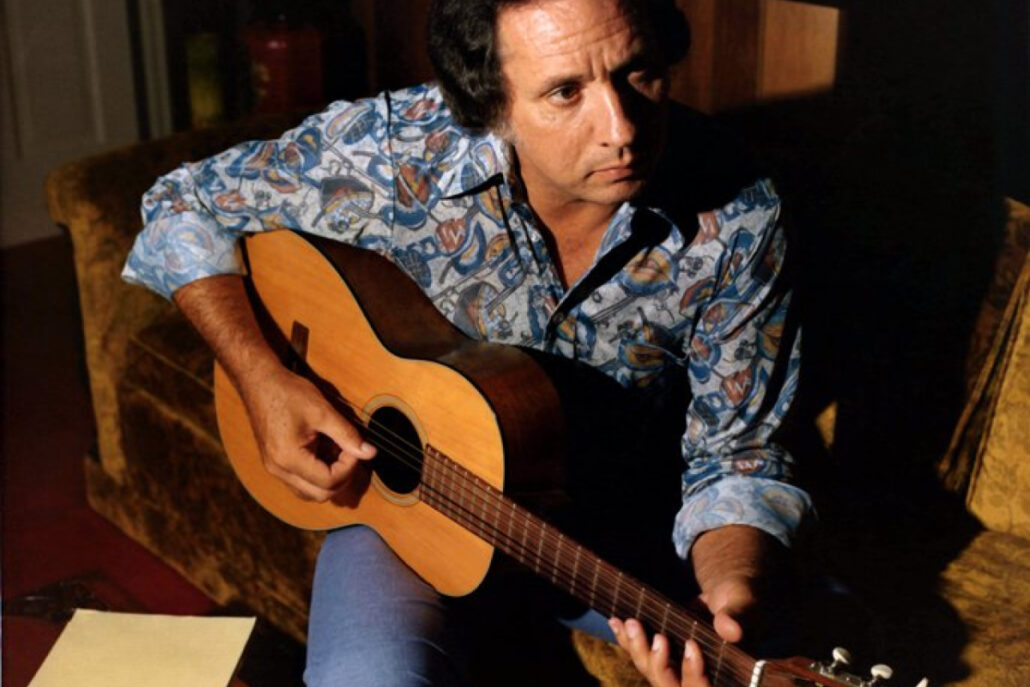TOM JONES: a singer Surrounded By Time
TOM JONES: a singer Surrounded By Time
by Norman Warwick
His new album, Surrounded By Time. is out now on EMI and bears hardly any relationship to what he so often performs in concert when surrounded by ladies of a certain-age, who used to scream and throw their knickers at him when attending his gigs as young girls.

That he sings all his hits from those days allows him now, suggests The Guardian, to enjoy free rein in the studio. This latest album, for instance includes spoken word, reminding me how amazed I was when he slipped into the spoken vocal on his hit of Green Green Grass Of Home. And whilst Surrounded By Time includes what Alexis Petridis called spoken word, doomy electronics and sixties psych, the article and writer reminds us that they are threaded through songs by Dylan, Michael Kiwanuka and more.

photo 2 The quality of the material and the excellent deliveries by Sir Tom have sent Surrounded By Time straight to the top of the album charts in the first week of its release, making him the oldest artist yo reach that pinnacle, an achievement we might have thought Dylan had secured for ever with his last album, Rough And Rowdy Ways.(see right)
Sir Tom´s public image has stood in stone for half a century, but he remains smilingly stoic whenever he is still being asked, and probably always will be asked, about ladies lobbing lingerie at him, his working-class Welsh background or what Elvis was really like. It is because of his charismatic smile and ability to straight-bat any kind of googly delivery that we miss the sleight of hand that has enabled Tom Jones to be appear and reappear in a chameleon like fashion as an artist in recent decades.
The re-booting of his career began in 1988 when he bellowed (reverently, though, it should be said) Prince’s Kiss over a backing by the Art of Noise. Since then he’s been a pop-house vocalist for producers Mousse T and Chicane, a Teddy Riley-produced modern R&B singer, a foil for Jack White’s distorted blues rock, and a ZTT-signed artist offering a Trevor Horn-produced cover of an obscure early nineties experimental hip-hop track.
He has been a purveyor of jazz, blues and rock’n’roll standards with Jools Holland and his orchestra, benefitting it might be argued from the Britpop generation´s interest in easy listening this side of Swing When You’re Winning-era Robbie Williams. All this has been going on under our noses for some time. It is more than two decades since his versions of Sunny Afternoon and Portishead’s All Mine were delivered, in the company of Space and the Divine Comedy on 2000’s four-million-selling Tom Jones album, Reload.
No matter how well I love the songs, his interpretations and the production work of Ethan Johns that has had him singing gospel, the image I hold in my mind is that of the very-tight trousered young man who seemed to share Dylan´s rough and rowdy ways but who seemed to settle for middle of the road country where ´the old hometown looked the same´.
Johns, though, with Praise and Blame, (acoustic folk). walking a rather more rough-hewn country landscape and a Long Lost Suitcase, found somewhere in R & B, has begun to change all perceptions of Tom Jones. Clearly buoyed by a positive critical reception the producer, uniquely among his latter-sat associates, appears interested in Tom Jones as a creative artist rather than, simply, a powerful vocalist with a beloved kitschy image. The pair’s latest collaboration offers a more eclectic mix even than previously. There are points where the contents of Surrounded By Time’s seem roughly equivalent to the stuff on its predecessors. There is here, too, a sparse but lovely version of Michael Kiwanuka’s I Won’t Lie, backed by fingerpicked guitar. Another track is a raw, live-sounding acoustic take on Bob Dylan’s One More Cup of Coffee.
Of the greatest achievements, though, are moments where Jones is allowed / invited / encouraged or cannot be prevented from ventures into uncharted territory. We have mentioned the doomy lectronics, spoken word, and I should speak, too, of a bit of autumnal ruminating on the passing of time in the manner of a late-period Johnny Cash album, bolstered by samples of news broadcasts from 1940, the year Jones was born.
At its most enjoyable, Surrounded By Time imagines a kind of alternative history for Jones.

The Who’s Pete Townshend (left) said of The Green, Green Grass Of Home ´I hate that new hit of his. Its sentimental crap´ even as it was on its inexorable rise to spend seven weeks at number one in 1966. To the young teenager I then was, the song was a kind of guilty secret. I quite liked it when it came on my dad´s car radio, and even more when my dad sang along with it. He had a good voice my dad, (and so did Jones) but come on, it was a ballad and I was fourteen for God´s sake.

These days, though, whenever I hear Green Green Grass Of Home I remember that it was written by Claude Putman Jr., professionally known as Curly Putman. He was an American songwriter, born in Princeton, Alabama, and his greatest success was Green, Green Grass of Home, which was covered by so many of my heroes who I suppose, for some reason held more street-cred than I could find in Tom Jones.
I wonder, these days, how I could ever have criticised Tom Jones for having the greatest success with a song that so many of my real heroes also recorded. It was covered by Roger Miller, Elvis Presley, Kenny Rogers, Don Williams, Johnny Paycheck, Burl Ives, Johnny Darrell, Gram Parsons, Joan Baez, Jerry Lee Lewis, The Grateful Dead, Johnny Cash, Roberto Leal, Dean Martin, …and, oh Yeh, that Tom Jones bloke I disregarded for far too long.
What if, then, the housewives’ choice had taken heed of what else was happening in the Top 40, donned a Nehru jacket and beads, and signed the Beatles’ legalise pot advert in the Times? Would I have been more open to being persuaded of his greatness if he had covered earlier the sitar-laden stomp of No Hole In My Head, which is really fun on this latest album, or the nine-minute closer Lazarus Man, complete with psychedelic guitar solo, effectively conjuring up some of the sinister, humid atmosphere of early Dr John, another of my great musical heroes.
According to The Guardian´s reviewer This Is The Sea is the best track here. I recall it as being fairly typical of the Waterboys bombastic catalogue but here Tom Jones turns the song into something the Band might have recorded in 1969: Like The Weight, it sounds like a song from a parallel universe, and makes sense of the occasional clips, seen far too seldom in the course of his career, of Tom Jones duetting with Janis Joplin and belting it out with Crosby, Stills, Nash & Young on American TV. Until reaching this point in life at which Jones or I has obviously changed I have always found it too difficult to reconcile that artist I occasionally so much admired, with the round-peg, square hole artist I saw so much of on British tv for so long.
My opinions began to change with Re-load I suppose. There were nuances in The Tower of Leonard Cohen´s Song that might have been for or about Tom Jones, and he handled it sublimely. There were the later duets, too, with the likes of Van Morrison that showed that even in restraint Tom Jones could rock others out of the park
Not all experiments on Surrounded By Time are a success but his rendition of Bernice Johnson Reagon’s I Won’t Crumble With You If You Fall works, being set to creepy electronics, the starkness of the music pointing up the undimmed power of Jones’s voice.
The Windmills Of Your Mind, however, don´t turn on this new album. Jones also covers here a song that featured in the film, The Thomas Crown Affair and was a global hit for Noel Harrison. Written by Michel Le Grand, a composer we have previously featured in an article still available in our archive, the song has also been recorded in the past by female artists such as Dusty Springfield, Petula Clark and Barbara Streisand.

photo 5 It was also recorded in 1969, and subsequently performed at the Academy Awards Ceremony of that same year by José Feliciano. That was a version of which Noel Harrison said ´José is a wonderful musician and compelling singer, but he made much too free with the beautiful melody in my humble opinion. But that’s jazz.´
Bringing that to mind reminded me that I must ask my fellow Joined Up Jazz Journalists here at Sidetracks & Detours whether or not Jose´ Feliciano was a jazz musician and is there any merit to a claim that jazz often makes ´too free´ with beautiful melodies? I look forward to hearing from Messrs Bewick and Heywood-Everett and Ms Fondon.
Rather than being guilty of making too free with a beautiful melody Tom Jones´ version is hampered by the sails of the windmills becoming clogged by feedback, electronic drones and doomy orchestration and amping-up the vocal emoting all laid on too thick. In its original incarnation, the song’s eeriness stemmed from a sense of isolation emanating from how the oddness of the lyrics, ´like a tunnel that you follow to a tunnel of its own´, rubbed against the sweetness of the chanson-like melody and Noel Harrison’s artless delivery. The Harrison version conveyed a sense, of being alone with thoughts that actually will not leave us alone, that is absent from this version.
The two spoken-word tracks on Surrounded By Time are initially attention-grabbing and key into Jones’s past of hits including Detroit City and The Green, Green Grass of Home that came with spoken-word passages. The new tracks here have little value other than novelty as spoken-word items and their lyrics are thematically inconsequential.
It is strange that these days Tom Jones is a mentor on a TV programme called The Voice. I have to say I think he, and his fellow mentors, make a good fist of the programme and he and they seem to genuinely care about their mentees, and especially so in the role of identifying appropriate material for the aspirants.
Even as he emerged in the sixties I found myself attaching, as if I then even knew what it meant, the label of ´cabaret´ to Tom Jones, so isolating him from the pop pack and somehow demeaning him in my eyes.

We can all agree to differ about who or what he was then, but these days there is almost universal agreement that he is the voice of his generation, a fine interpreter and a great song selector. Had he boasted those talents in the sixties and had he surrendered himself to experts in various departments to whom he could delegate he might have gone anywhere. As it is he enjoyed sufficiently massive commercial success to allow him to sustain a high profile career that long ago reached the point where he could introduce new musical roots to his audiences and shed a spotlight on emerging talents and introduce them to older generations, whilst also introducing heroes of earlier eras to today´s younger generation of fans.
When a man has dedicated himself to a sixty year career, serving first his fan base, then reaching a wider public still, and subsequently embraces his predecessors, peer group and prodigies he deserves our applause and our gratitude, and it has taken me far too long to recognise that.
These days, though, I find myself surrounded by time and acknowledge his many achievements, of which this album is not only one of the most critically acclaimed, but sitting there at number one as I write, is also one of his most commercially successful.
And he´s only 81. The boy from the valleys probably has even more to deliver.




Leave a Reply
Want to join the discussion?Feel free to contribute!